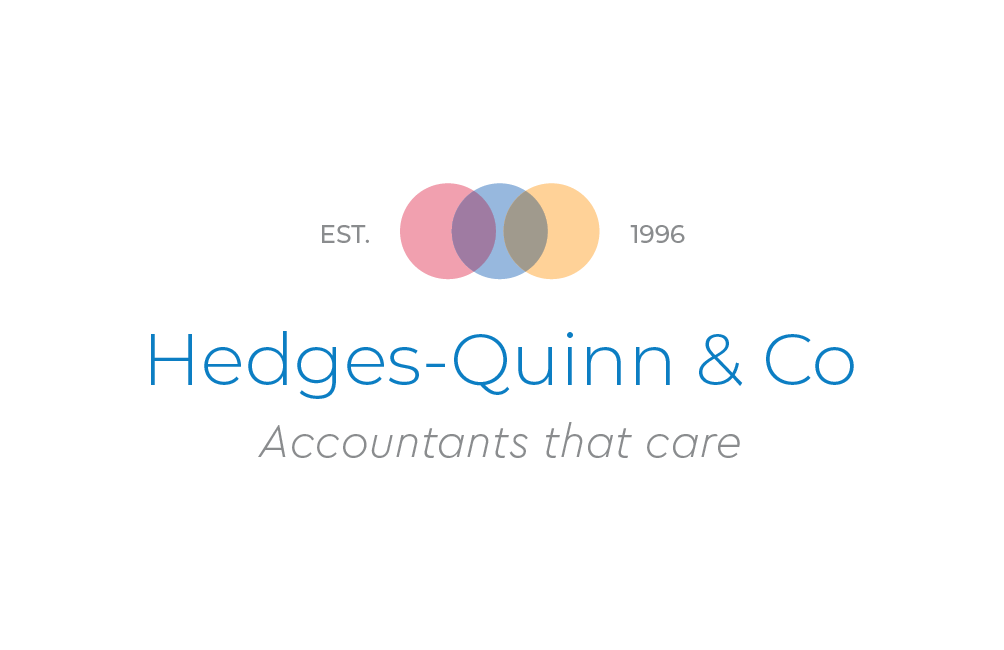
Autumn Statement 24: What the first Labour Budget in 14 years means for you
plain-English, no jargon headline guide to how it will affect your business.
On Wednesday 30 October, Chancellor Rachel Reeves delivered the first Labour Budget Statement.
With the past few weeks in the press full of leaks to prepare the nation for significant changes in tax,
spending and benefits, there were few surprises left. The budget is the biggest tax-raising budget
ever, with taxes increasing by £40 billion.
Here, we highlight the main issues for business owners, without political bias.
Overall
This is a budget that raises £40 billion in tax increases. For an SME, there are significant changes.
Increases in wage levels, National Insurance threshold lowering, and percentage of contribution
increasing, all present a challenge for SMEs. Corporation Tax and Business Rate announcements
provide some stability, and commitment to infrastructure and large-scale projects may provide
additional income streams.
Inflation will remain at 2% as per the Bank of England’s target.
Income Tax
The thresholds for income tax will remain the same until 2028 when the thresholds will increase in
line with inflation.
National Insurance
Employers currently pay National Insurance on their workers’ earnings at a rate of 13.8% for those
earning £9,100 and above. From April 2025, the rate will increase to 15%, and the threshold will
drop to £5,000.
Workers pay 8% from the age of 16 and earning more than £242 a week, or have self-employed
profits of more than £12,570 per year. This remains unchanged.
Wages
The National Living Wage will increase in April:
Employees aged 21 and over will see a wage increase to £12.21
Employees 18 – 21 years old will see a wage increase to £10
For employees aged 16 and 17, the national living wage will increase to £7.55
The Apprenticeship rate will increase to £7.55.
Employment Allowance
The allowance will increase from £5,000 to £10,500. This will result in 865, 000 employers not paying
NI next year. This will be in place from April 2025.
Corporation Tax
The main rate of corporation tax, paid by businesses on taxable profits over £250,000, will remain at
25%. The “Corporate Tax Roadmap” has been published.
Business Rates
From 2026, the government will introduce two permanently lower business rates for retail, leisure
and hospitality. The current 75% relief, due to expire in 2025, will be replaced by a 40% relief on
business rates, up to a maximum discount of £110,000.
Capital gains tax (CGT)
CGT is charged on profit from the sale of an asset that has increased in value. This is particularly
associated with property, i.e. the sale of a second home, but also applies to investments.
Currently, the rate varies from 10% to 24% depending on your tax bracket or what the CGT is being
applied to.
The rate of capital gains is increasing from 10% to 18% if you are a lower-rate taxpayer, and 20% to
24% if you are a higher-rate taxpayer.
Property rates remain the same at 18% and 24%.
The Lifetime limit for business asset disposal relief will remain at £1m. The rate of relief will remain
at 10pc this year before rising to 14pc in 2025 and 18pc in 2026.
Inheritance Tax
Inheritance Tax is charged at 40% on anything over £325,000. This threshold will remain the same
until 2030.
It should be noted that whilst the first £325,000 can be inherited tax-free, this increases to £500,000
should it include a residence that is inherited by a direct descendant. This doubles should a surviving
spouse/partner have inherited initially.
Until now, pensions have not been included. This will change I April 2027 with unspent pension pots
also subject to inheritance tax.
From April 2026, the first £1m of combined business and agricultural assets will not incur inheritance
tax, but after that, it will apply at an effective rate of 20pc.
Stamp duty
Under the previous government, a temporary change to stamp duty was introduced, which is due to
expire in March 2025. This makes stamp duty applicable to properties over £250,000 or £450,000 for
first-time buyers. The rate is a scale from 5% to 12%. In March 2025 this will revert to £300,000 for
first-time buyers and £125,000 for home movers.
Stamp duty on properties being purchased as a second home, or investment property, will increase
from 31 October to 5% instead of 3%
Alcohol and Tobacco
There is a new vaping tax being introduced in October 2026 of £2.20 on 10ml of vaping liquid.
In an attempt to support pubs and bars, tax on draught alcohol will be cut by 1.7% whilst non-
draughter will increase by the higher RPI measure. This will be introduced in February 2025.
Non-dom tax status
The “non-dom” status will be abolished from April 2025.
Fuel duty
The 5p cut to fuel duty has been extended to April 2026.
Bus Travel
The £2 cap on single bus fares will rise to £3 from January.
State pension
The state pension is set to rise by 4.1% in April 2025.
VAT on private schools
As already announced, VAT at 20% will be added to private school fees from 1 January 2025.
Energy windfall tax
The windfall tax increased from 38% from 35% on 1 November 2024 and will remain as such until 31
March 2030.
With any budget that aims to raise £40 billion through taxation, there will be pain for many. The flip
side is a commitment to additional spending and reforms for the NHS, homelessness, housing and
education. If you are interested in reading more details, the full statement is available on the Gov.uk
website.
If you have any concerns about your commitments, your business or your financial security, please
do give us a call.
